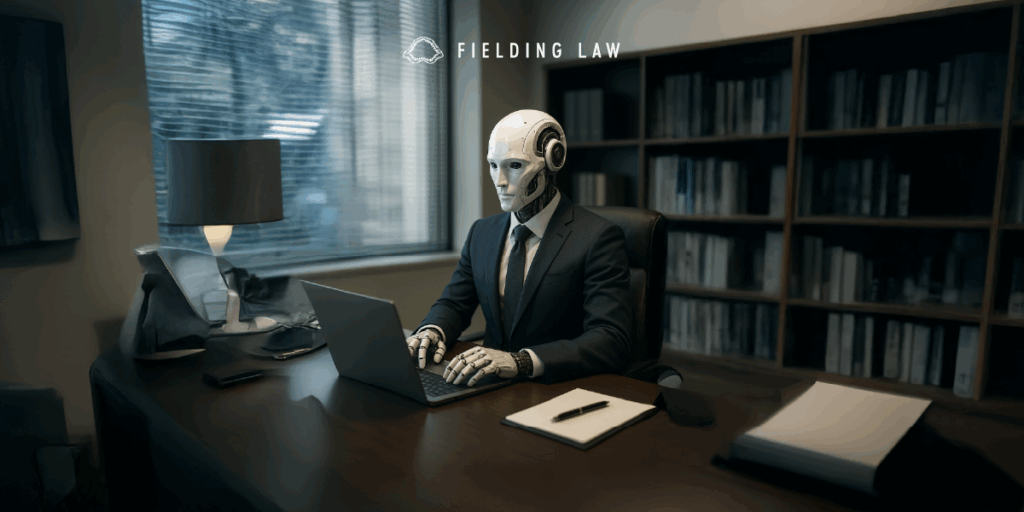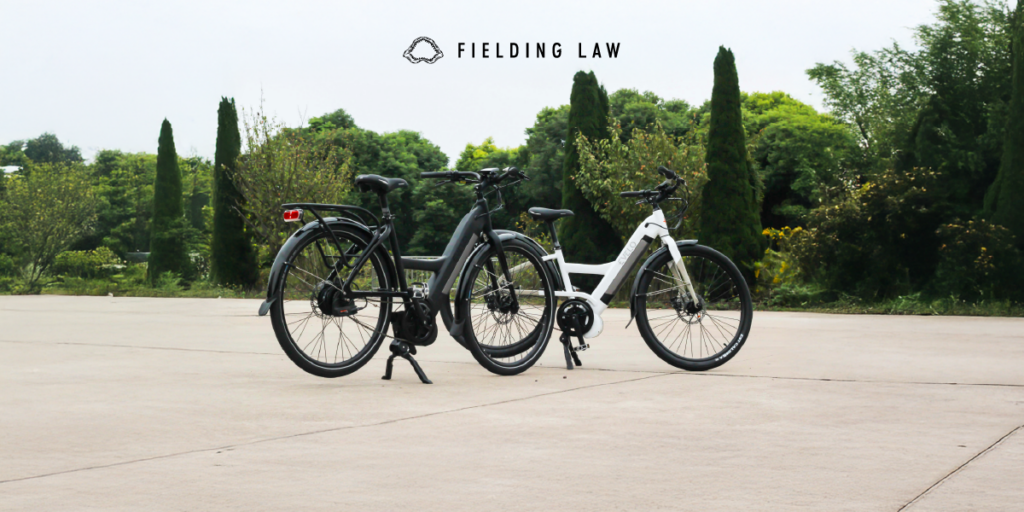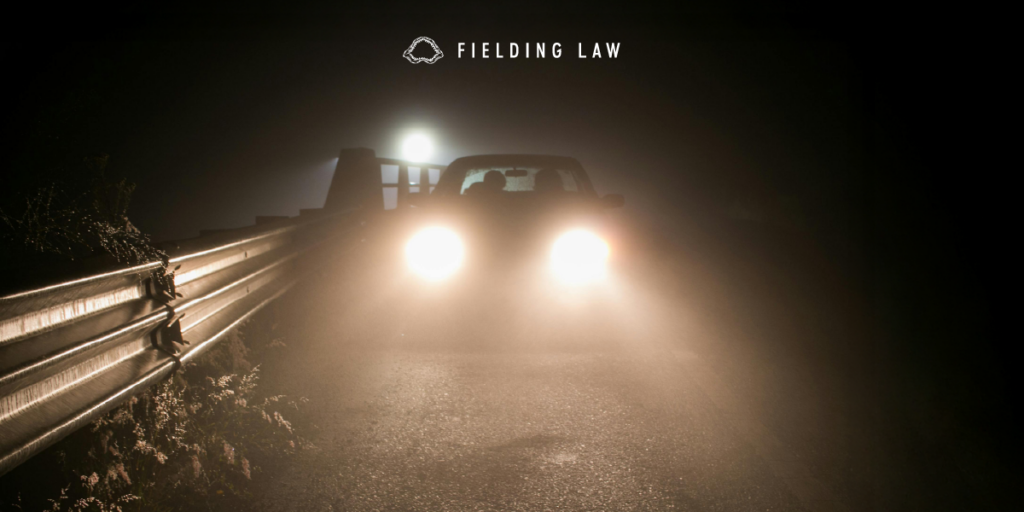
Holiday shopping is exciting, but many popular gifts carry hidden risks. This holiday gift guide helps families in California and Arizona choose gifts safely and avoid injuries. Understanding product safety, age rules, and potential risks can prevent accidents and give peace of mind this season.
E Bikes
E bikes remain a top gift this year. In California, riders must be sixteen or older to use Class 3 e bikes. Helmets are required for anyone under eighteen and for all Class 3 riders. Check battery certification because defective batteries can catch fire. In Arizona, e bikes follow bicycle rules, but local cities may add age or helmet requirements. Riders can also face risks if drivers act carelessly. Choosing a certified model reduces injury risks.
Electric Scooters
Electric scooters are popular with teens and adults. Riders should wear helmets, follow speed limits, and use protective gear. Defective brakes, steering issues, or battery problems can lead to falls or injuries. Property owners may also be responsible if unsafe sidewalks contribute to accidents. Families should include electric scooters in their safety review when using this holiday gift guide.
Red Light and LED Beauty Masks
Red light masks have gained popularity for skin care, but they can cause burns or eye injuries. People with light-sensitive conditions or certain medications may react badly. Always choose FDA-cleared devices, follow the instructions, and use eye protection. Adding safety considerations makes these gifts safer for loved ones.
Drones
Drones are fun for filming and photography, but they require careful use. FAA rules require registration for heavier drones. Keep the drone in line-of-sight, avoid flying over people, and follow privacy rules. A crash or malfunction can injure someone, and the manufacturer or operator may be responsible. Including drones in this holiday gift guide reminds families to balance fun with safety.
Hoverboards and Self-Balancing Boards
Hoverboards remain popular but cause many injuries. Only UL 2272 certified boards are safe. Riders must wear helmets and follow all instructions. Battery fires, falls, and structural defects can lead to serious injuries and product liability claims. This holiday gift guide highlights hoverboards as gifts that require careful supervision.
Weighted Blankets
Weighted blankets promote relaxation, but using blankets that are too heavy can harm children. Follow recommended weight guidelines. Poorly designed or mislabeled blankets may cause injuries. Families should consider these points when selecting gifts from this holiday gift guide.
Portable Generators
Generators are useful, but they can be dangerous. Never operate a generator indoors or in poorly ventilated areas. Carbon monoxide, electrical shocks, and fire risks increase when people ignore instructions. Including generators in a holiday gift review highlights safety for family and friends.
Electric Skateboards
Electric skateboards offer speed and fun, but they carry fall risks. Riders should wear helmets and protective gear. Defective brakes, wheels, or motors can cause injuries, and following local traffic rules reduces danger. This holiday gift guide reminds families to supervise younger or inexperienced riders.
Hover Shoes and Segway-Style Boards
Self-balancing shoes are trendy, but falls are common if the device malfunctions. Helmets and safety gear are essential. Parents should supervise inexperienced riders closely. Including hover shoes in a gift guide helps prevent accidents.
Laser or Light-Based Toys
Laser pointers and light-based toys can cause eye injuries. Only certified, age-appropriate devices are safe. Never point lasers at people or vehicles. Adding laser toys to the holiday gift guide ensures families are aware of potential risks.
Why Hire Fielding Law
Even the safest gifts can cause injuries if a product fails or someone acts carelessly. Fielding Law helps families in California and Arizona understand their rights and take action. Our team provides clear guidance, compassionate support, and professional representation.
If you or a loved one is injured by a product or unsafe gift, call 833.88.SHARK or contact Fielding Law for help.
Note: Information provided is for educational purposes and does not constitute legal advice. Always consult with a qualified attorney for legal concerns.









